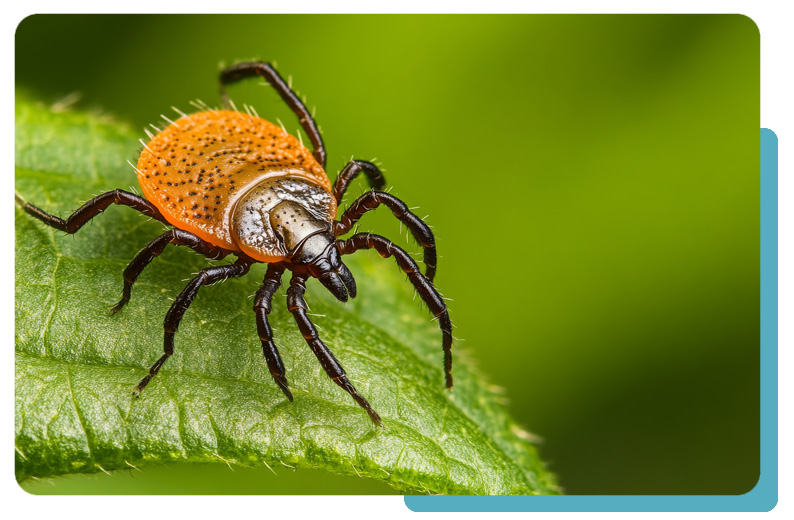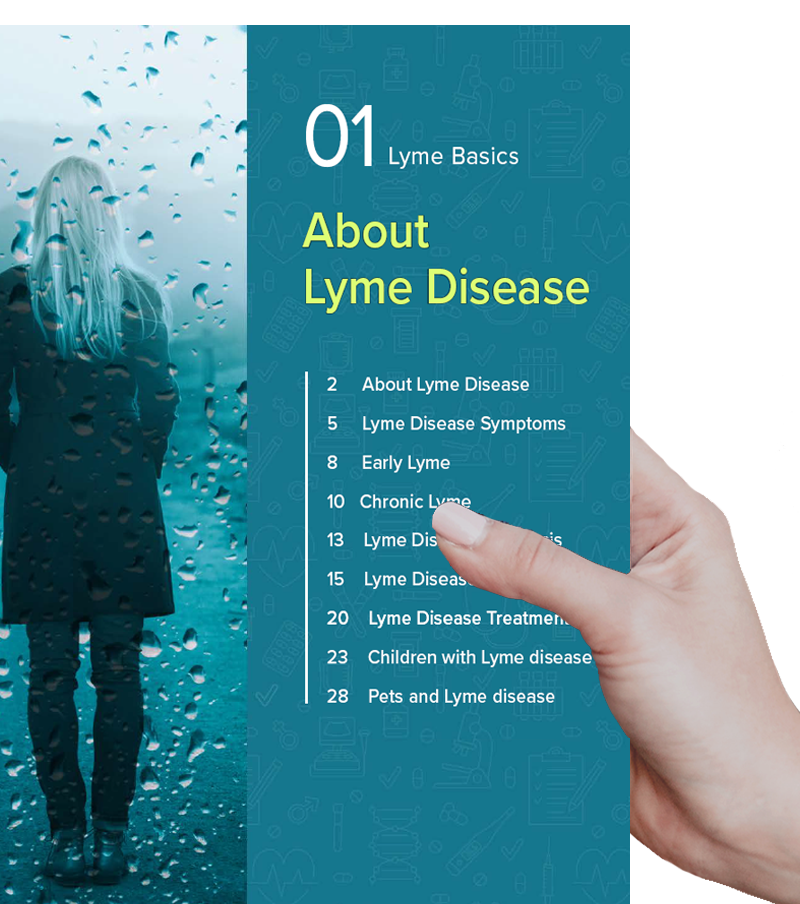Rocky Mountain spotted fever
Despite its name, most cases of RMSF occur outside the Rocky Mountains.

Rocky Mountain spotted fever: Overview
Rocky Mountain spotted fever (RMSF) is a serious tick-borne illness caused by the Rickettsia rickettsii bacterium. It was first identified in the early 1900s in the Rocky Mountain region, but has since been reported across much of the United States, particularly in the Southeast and South-Central region.
RMSF is considered the deadliest tick-borne illness in the U.S., with 3 – 5% of patients dying, even with prompt treatment. Without treatment or with delays, an estimated 20 – 25% of RMSF patients may die. Over the past 15 years, nearly 10,000 cases of Rocky Mountain spotted fever have been reported in Mexico. In 2023, a San Diego resident died from RMSF after travelling to the Baja California region.
The pathogen is transmitted through the bite of infected ticks ─ primarily the American dog tick, the Rocky Mountain wood tick, and the brown dog tick. These ticks pick up the bacterium Rickettsia rickettsii by feeding on infected animals and can pass it on to people through subsequent bites.
RMSF symptoms usually appear within 2 – 14 days after a tick bite. Early signs often resemble the flu, which can make the infection tricky to spot. Symptoms typically include high fever, chills, severe headache, muscle aches and joint pain, and fatigue. Some patients may also experience nausea, vomiting, or abdominal pain.

A key feature of Rocky Mountain spotted fever is a distinctive rash that often appears 2 – 5 days after the fever begins. The rash typically starts as small, flat, pink spots on the wrists, ankles, or forearms and can spread to the trunk, palms, and soles. In some cases, the spots may become raised or develop a purplish color. However, not everyone develops the rash.
Rocky Mountain spotted fever weakens small blood vessels throughout the body, giving rise to its characteristic rash. The widespread damage to the blood vessels allows the bacteria to spread to the heart and brain — and can quickly lead to death in those under age 4, over the age of 60, or those whose immune systems are compromised.
Rocky Mountain Spotted Fever is on the rise in the US

Rocky Mountain spotted fever: Early Diagnosis is Critical
Diagnosing RMSF can be difficult because its early symptoms are similar to those of many other illnesses. Clinicians rely heavily on a patient’s symptoms, history of tick exposure, recent outdoor activity, and the rapid onset of illness. The rash can help in diagnosing RMSF, but it does not appear in all cases.
Laboratory testing can support the diagnosis. But because RMSF can progress rapidly and become life-threatening, treatment with doxycycline is almost always started immediately ─ as soon as the disease is suspected.
Blood tests such as indirect immunofluorescence assay (IFA) can detect antibodies to Rickettsia rickettsii, but these typically rise only after the first week of illness. Other tests, including PCR analysis or biopsy of the rash, can sometimes identify the organism directly.Patients treated early usually recover quickly with antibiotics. More severe cases may require hospitalization or even intensive care.
Treatment for RMSF must begin as soon as the disease is suspected. Early intervention is critical because Rocky Mountain spotted fever can progress quickly, and starting treatment promptly greatly reduces the risk of serious illness or death.

Doxycycline is the preferred antibiotic for both adults and children and is highly effective at stopping the infection when given early. But if left untreated, RMSF can damage multiple organs, including the heart, kidneys, lungs, and brain.
The progression of Rocky Mountain spotted fever can vary greatly between patients. Some individuals may recover quickly on oral medications, while others may require intravenous antibiotics, prolonged hospitalization or intensive care.
Note: The information presented on this page has been reviewed and approved by a member of our Medical Leadership Board.
Take the first step towards understanding tick-borne disease with an exclusive guide to something here, all backed by world-leading science.

More Lyme Basics
Learn More
Ticks are tiny parasites that feed on the blood of their hosts (humans and animals) in order to survive and advance to the next life cycle stage. Most ticks have four stages: egg, larva, nymph and adult. The larva and nymph need a blood meal to move to the next stage. Ticks are extremely small, with the nymph the size of a pinhead.
Learn More
Learn More



